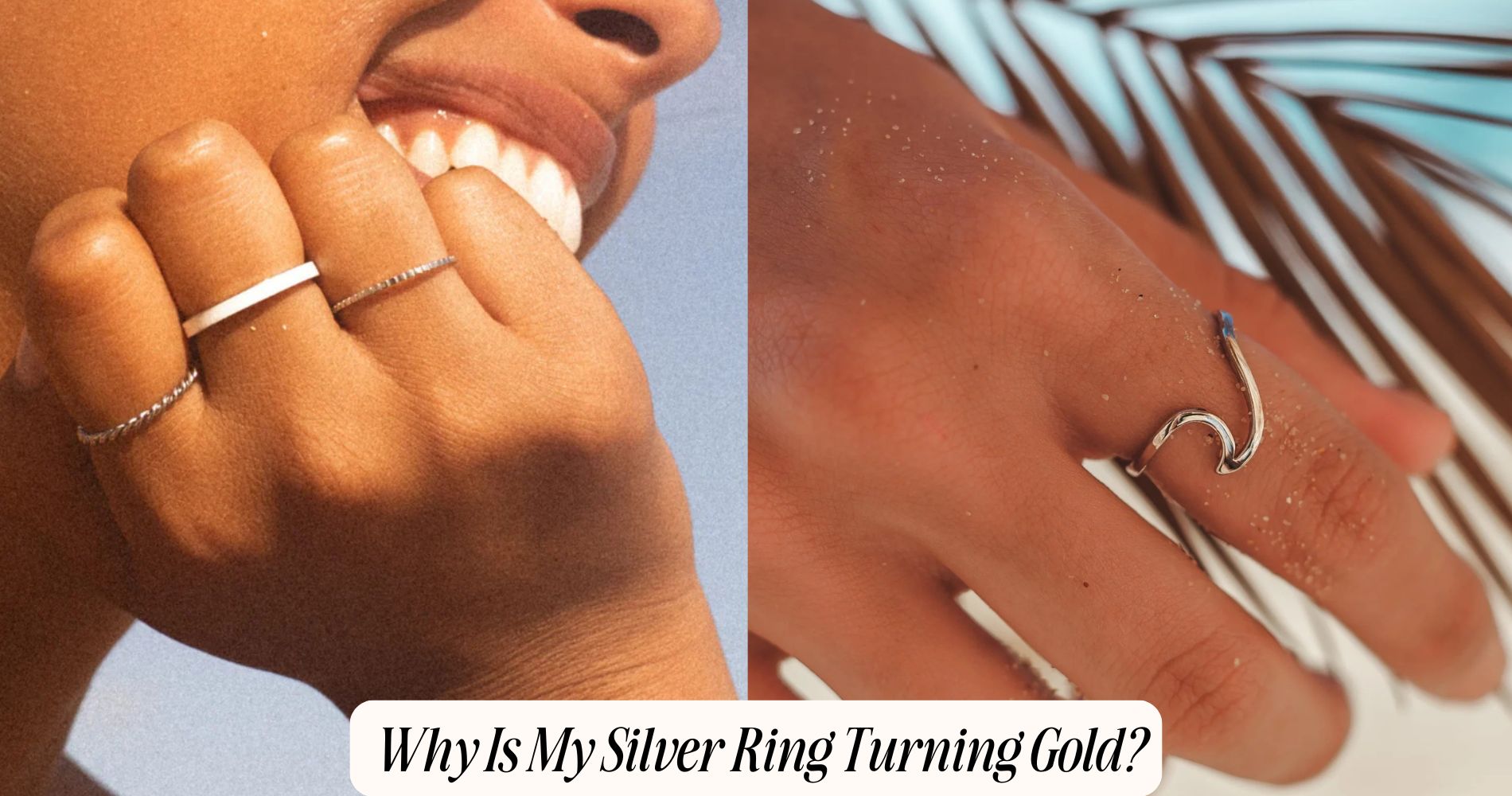
Why Is My Silver Ring Turning Gold?
If you’ve ever wondered, why is my silver ring turning gold, the answer lies in its alloy composition and reaction with environmental elements. Sterling silver, made of 92.5% silver and 7.5% copper, can take on a golden hue when exposed to sulfur compounds such as hydrogen sulfide. Factors like skin acidity, sweat, and pollutants also contribute to the formation of silver sulfide and silver chloride, which alter its color. Regular cleaning and proper storage are essential to maintaining its shine. For pieces that stay radiant with daily wear, explore our dainty rings collection.
Understanding Silver Tarnishing
Silver tarnishing occurs when silver reacts with sulfur-containing substances in the environment, forming a thin layer of silver sulfide on its surface. This reaction isn't only common but also inevitable when silver is exposed to hydrogen sulfide, typically found in air pollution and certain foods.
To guarantee effective tarnish prevention, you should store your silver items in airtight containers and use anti-tarnish strips.
Regular silver care involves cleaning your silverware using a solution of 2 grams of baking soda per liter of water, which gently removes any surface tarnish without damaging the underlying metal.
Avoid exposing silver to harsh chemicals or moisture, as these accelerate tarnishing. Proper care will preserve your silver's lustrous appearance and prevent discoloration.
The Role of Alloy Composition
When considering the transformation of your silver ring's color, the alloy composition plays an essential role. Silver jewelry often isn't pure; it's typically an alloy containing metals like copper to enhance durability.
Common alloy types can include sterling silver, consisting of 92.5% silver and 7.5% copper. The subtle shift towards a golden hue might result from the alloy's metal bonding.
Over time, the copper content can react internally, influencing the surface color. Due to metal bonding, atoms within these alloys may form new arrangements, affecting light reflection and perceived color.
Ultimately, the specific alloy type in your ring determines its susceptibility to such color changes, as different compositions react distinctively during wear and exposure to various conditions.
Chemical Reactions With Environmental Factors
Exposure to environmental factors can greatly influence your silver ring's color change. Silver, with its atomic number 47, undergoes oxidation processes when exposed to environmental pollutants such as sulfur compounds.
Sulfur dioxide (SO₂) and hydrogen sulfide (H₂S), common pollutants, react with silver to form silver sulfide (Ag₂S), a compound that can exhibit a golden hue under certain light conditions. This reaction occurs more rapidly in areas with high levels of industrial emissions or urban pollution.
Additionally, the presence of chloride ions in the air, particularly in coastal regions, can facilitate further oxidation. Monitoring these environmental factors, such as pollutants and humidity levels, can help prevent unwanted tarnishing and maintain the original luster of your silver jewelry.
The Impact of Skin Chemistry
Curiously, your skin's chemistry can play a significant role in altering your silver ring's appearance. The acidity level of your skin—measured by pH—varies between 4.5 and 5.5 for most individuals. If your skin is more acidic, it can accelerate tarnishing in silver, causing a gold-like patina.
Additionally, sweat composition influences this transformation. Sweat contains chloride ions, which can react with silver, forming silver chloride. This compound has a different reflective index, sometimes appearing gold under specific lighting conditions.
Moreover, your body's natural oils, combined with sweat, can form a thin film on the silver surface, affecting its luster. Understanding these factors helps you identify why your silver ring may develop an unexpected hue, shedding light on the complex interplay of skin chemistry and metal.
Exposure to Sulfur and Chlorine
Though it might be surprising, sulfur and chlorine exposure greatly contribute to your silver ring's color change.
Silver, composed of 92.5% pure silver and 7.5% other metals (often copper), reacts with sulfur compounds, forming silver sulfide (Ag2S). This reaction creates a tarnish layer that can appear gold, brown, or black, depending on thickness and lighting.
Sulfur compounds are prevalent in environments with fossil fuel emissions, industrial areas, and certain foods like onions and eggs.
Chlorine sources, including swimming pools and household bleach, also affect your silver ring.
Chlorine reacts with the metal components in the alloy, especially copper, leading to surface alterations. This exposure can cause a gold-like discoloration as the ring's surface chemistry changes, affecting reflectivity and perceived color.
Maintenance and Cleaning Tips
To maintain your silver ring's original luster, it's crucial to implement a regular cleaning regimen.
Begin by creating a solution with 500 ml of lukewarm water and 5 ml of mild dish soap, ensuring a pH level of around 7. Use a soft-bristled toothbrush to gently scrub the ring, focusing on crevices where tarnish may accumulate. Rinse thoroughly with deionized water to prevent mineral deposits.
For ongoing maintenance practices, avoid exposing your ring to sulfur or chlorine, which cause tarnishing.
Store the ring in an airtight container with anti-tarnish strips, composed of activated carbon or zinc oxide, to reduce oxidation.
These cleaning techniques will prolong the life of your ring, preserving its sterling silver composition, typically 92.5% silver and 7.5% copper alloy.
When to Seek Professional Help
Ensuring your silver ring maintains its original shine often requires more than home-based maintenance. When discoloration persists despite cleaning, it’s time for a professional assessment.
Experts use precise measurements and advanced techniques to identify issues like gold plating or metal contamination. They’ll check the ring’s material composition, ensuring it remains 92.5% silver, the standard for sterling silver.
If your ring exhibits structural damage—cracks, bends, or loose stones—seek ring repair services immediately.
Professionals utilize specialized tools to restore the ring’s integrity without compromising its delicate structure. Avoid DIY fixes that could exacerbate the issue.
Professional assessment guarantees accurate diagnosis and treatment, preserving the ring’s aesthetic and monetary value. Trust experts to employ meticulous techniques for ideal restoration results.
Frequently Asked Questions
Can Wearing Silver Rings Daily Cause Them to Change Color?
Yes, daily wear can cause silver rings to change color. Skin reaction, due to sweat and oils, can lead to tarnishing. Silver's composition, primarily 92.5% silver and 7.5% copper, oxidizes, sometimes creating a gold hue.
Do Certain Foods Affect the Color of Silver Rings?
Yes, food reactions can affect silver rings' colors. Sulfur-containing foods, like eggs, cause tarnishing. Metal alloys in your ring, such as copper, react too, leading to color changes. Ascertain silver purity is above 92.5% for stability.
Is It Possible for a Silver Ring to Be Fake if It Turns Gold?
Yes, it's possible. Silver alloy types may vary, affecting ring authenticity. If your ring contains less than 92.5% silver, it's likely plated or mixed with metals like brass, leading to a color change. Verify composition precisely.
Can Temperature Changes Cause Silver Rings to Alter in Appearance?
Yes, temperature changes can affect your silver ring's appearance. Elevated temperatures accelerate the oxidation process, forming a tarnish layer. This layer, composed of silver sulfide, can exhibit a golden hue, altering the ring's original color.
Are There Specific Storage Methods to Prevent Silver Rings From Turning Gold?
Yes, you should store silver rings in airtight containers with silica gel to maintain 30-40% humidity levels. This helps prevent tarnishing and keeps the material's composition stable, avoiding unwanted color changes like turning gold.
Conclusion
You've noticed your silver ring's unusual color shift due to alloy composition and environmental interactions. Silver tarnishes when it reacts with sulfur and chlorine, common in everyday surroundings. Your skin's unique chemistry also plays a role, potentially accelerating this change. Regular cleaning can help maintain your ring's appearance, but if persistent discoloration occurs, consult a professional for precise restoration. Understanding these factors guarantees you're prepared to manage and preserve your cherished silver jewelry.






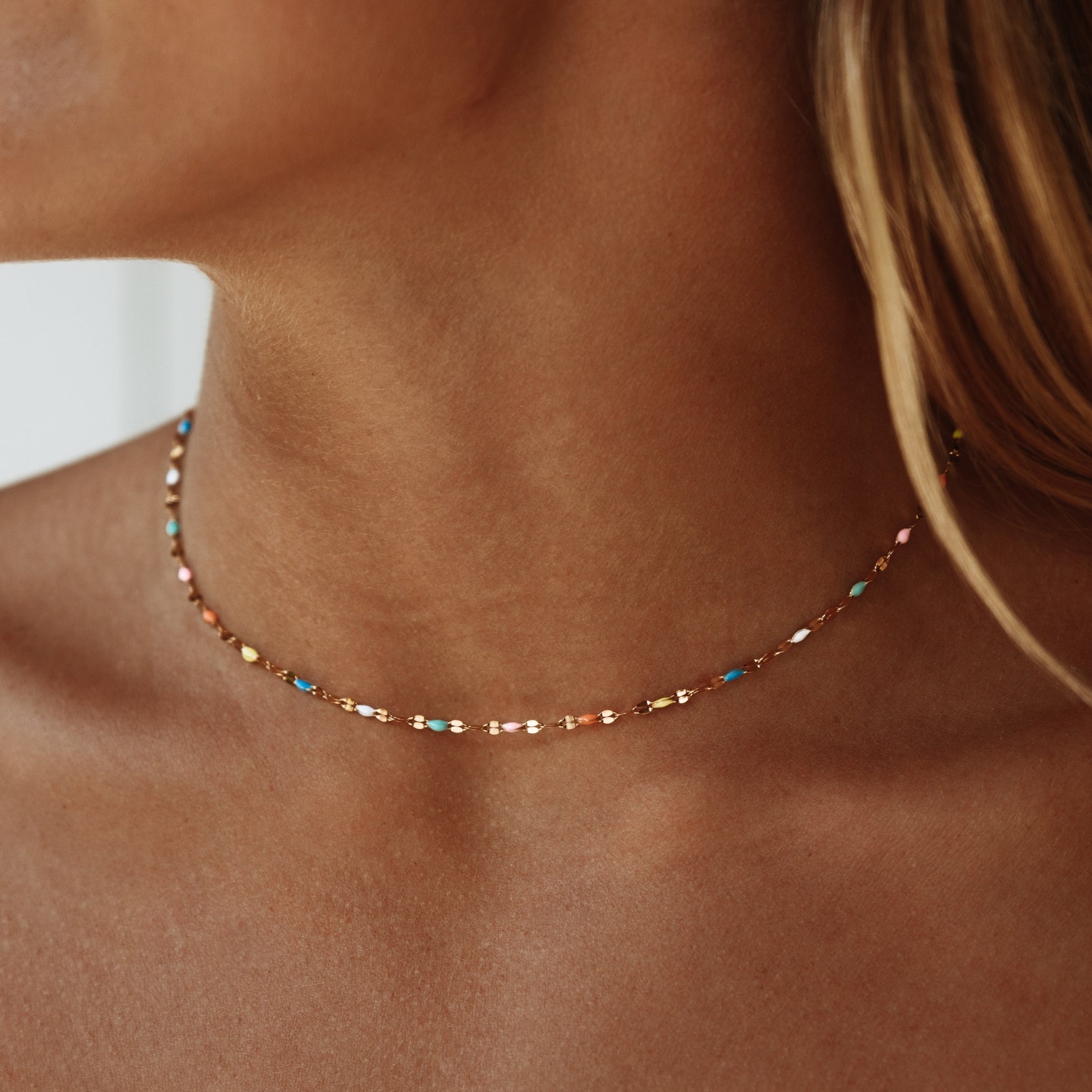
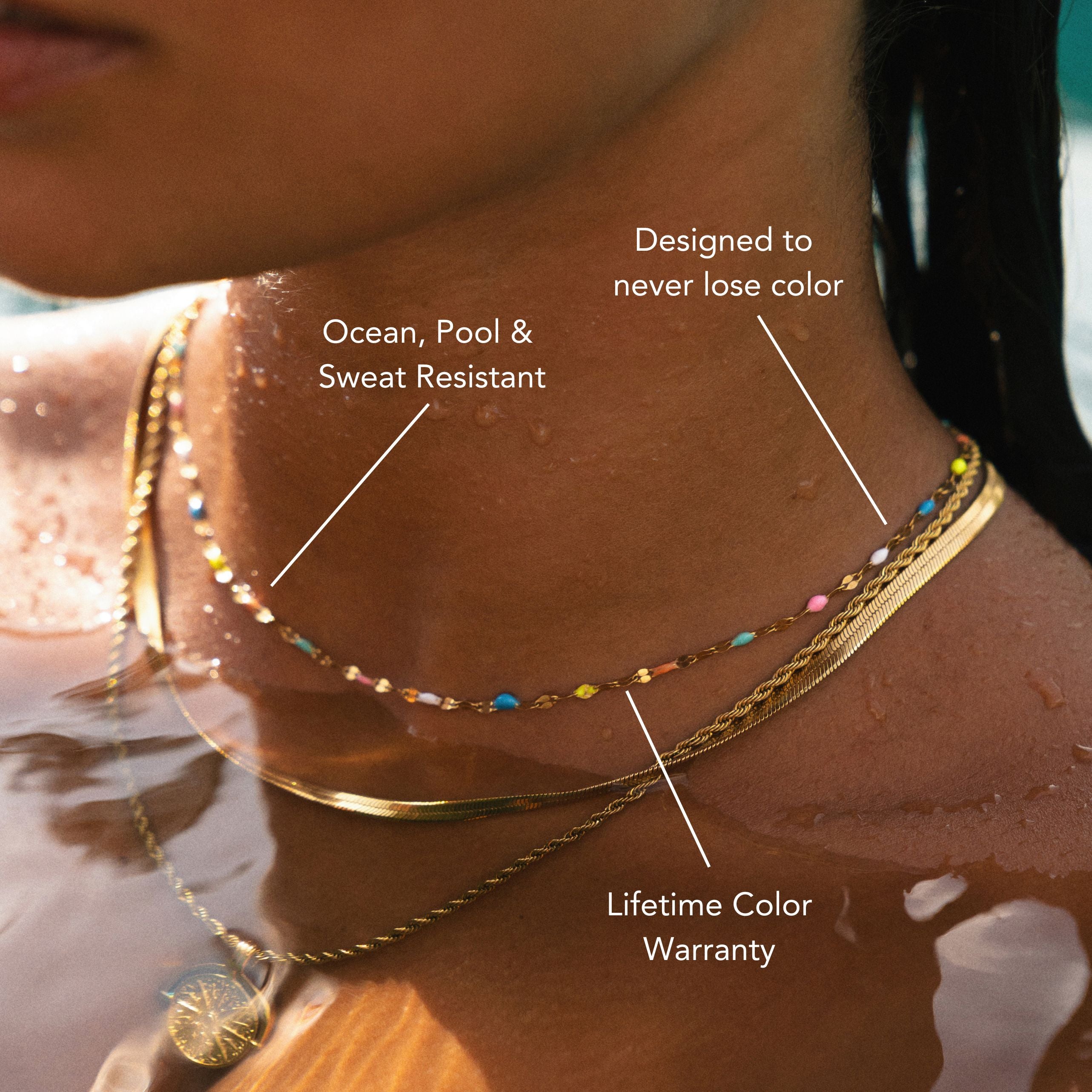
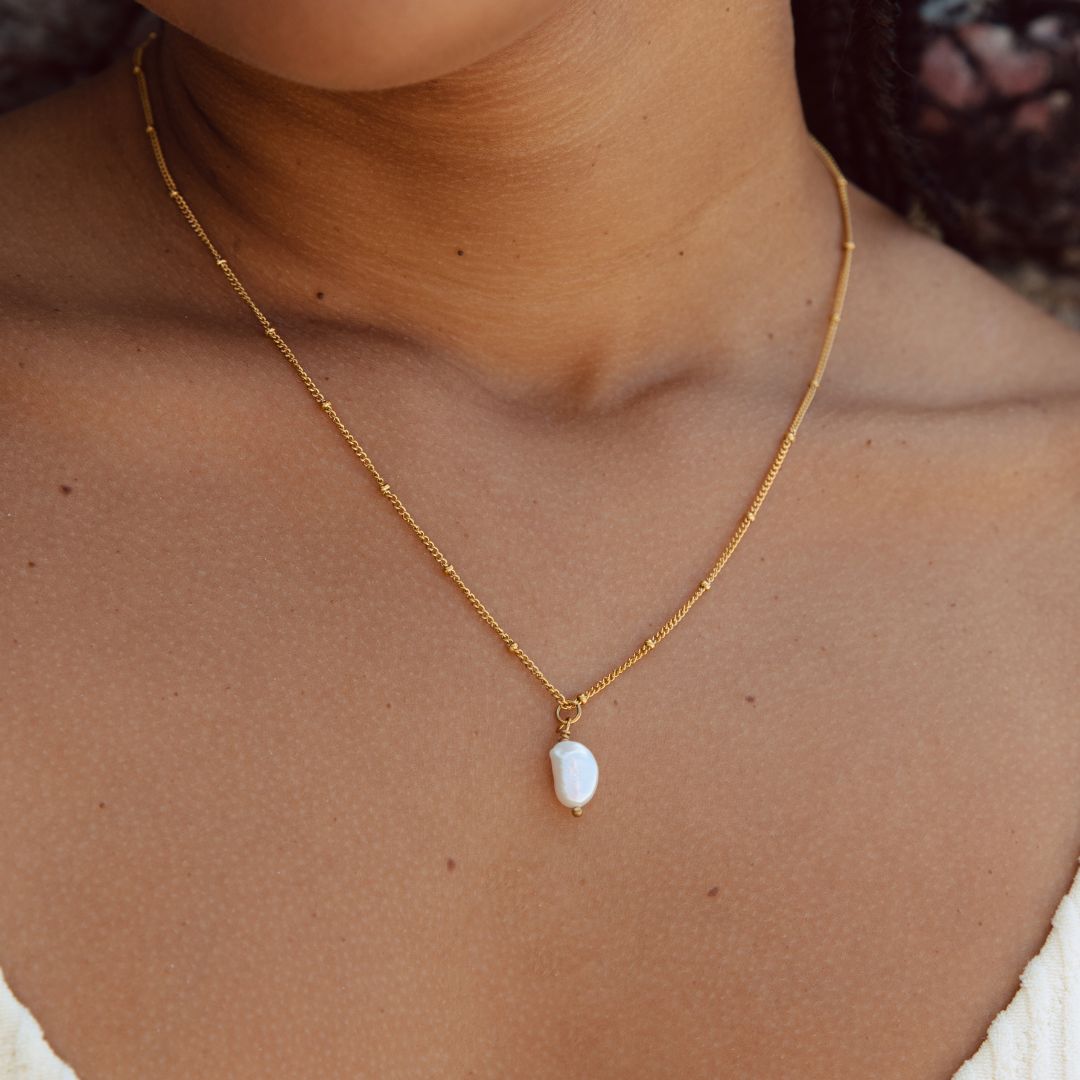
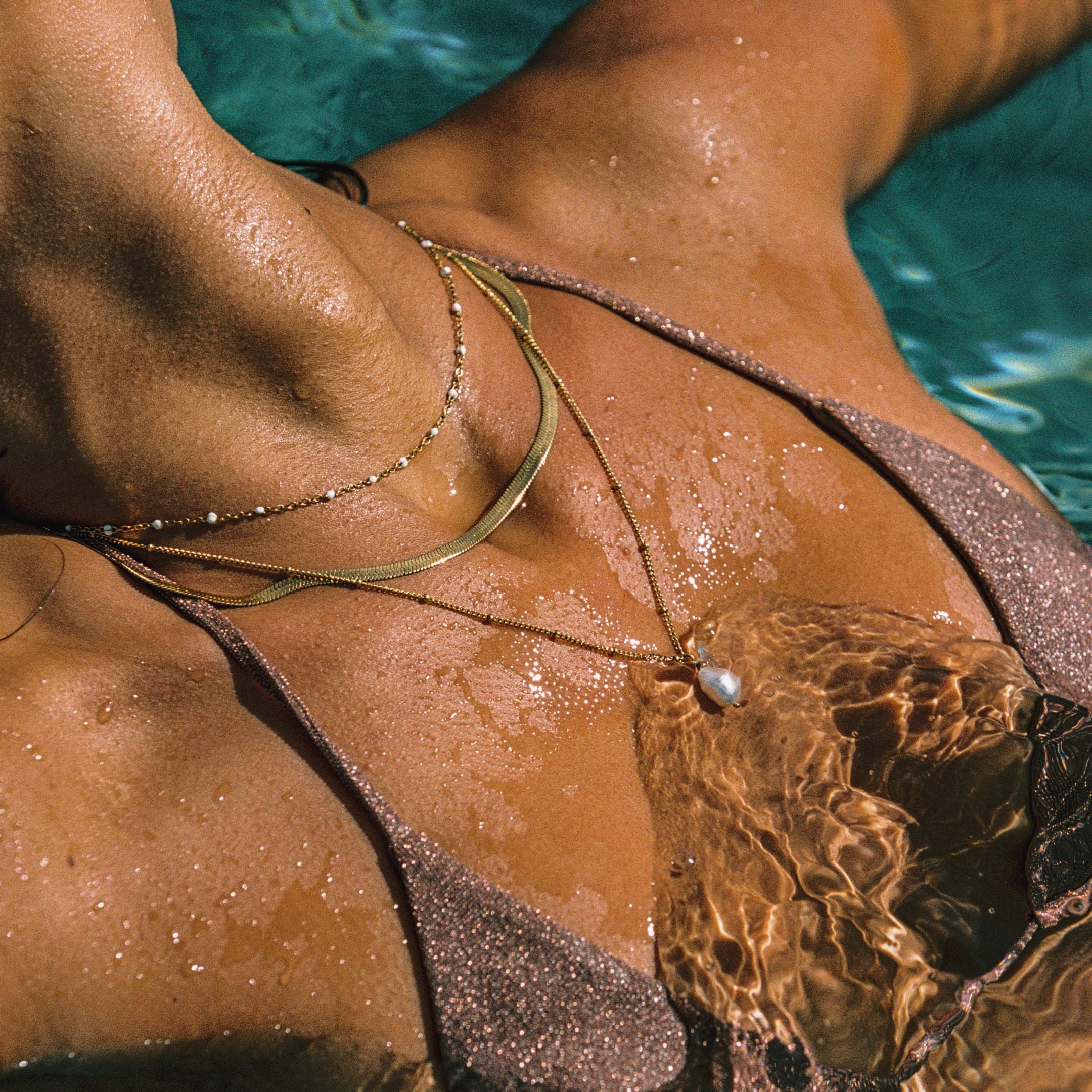
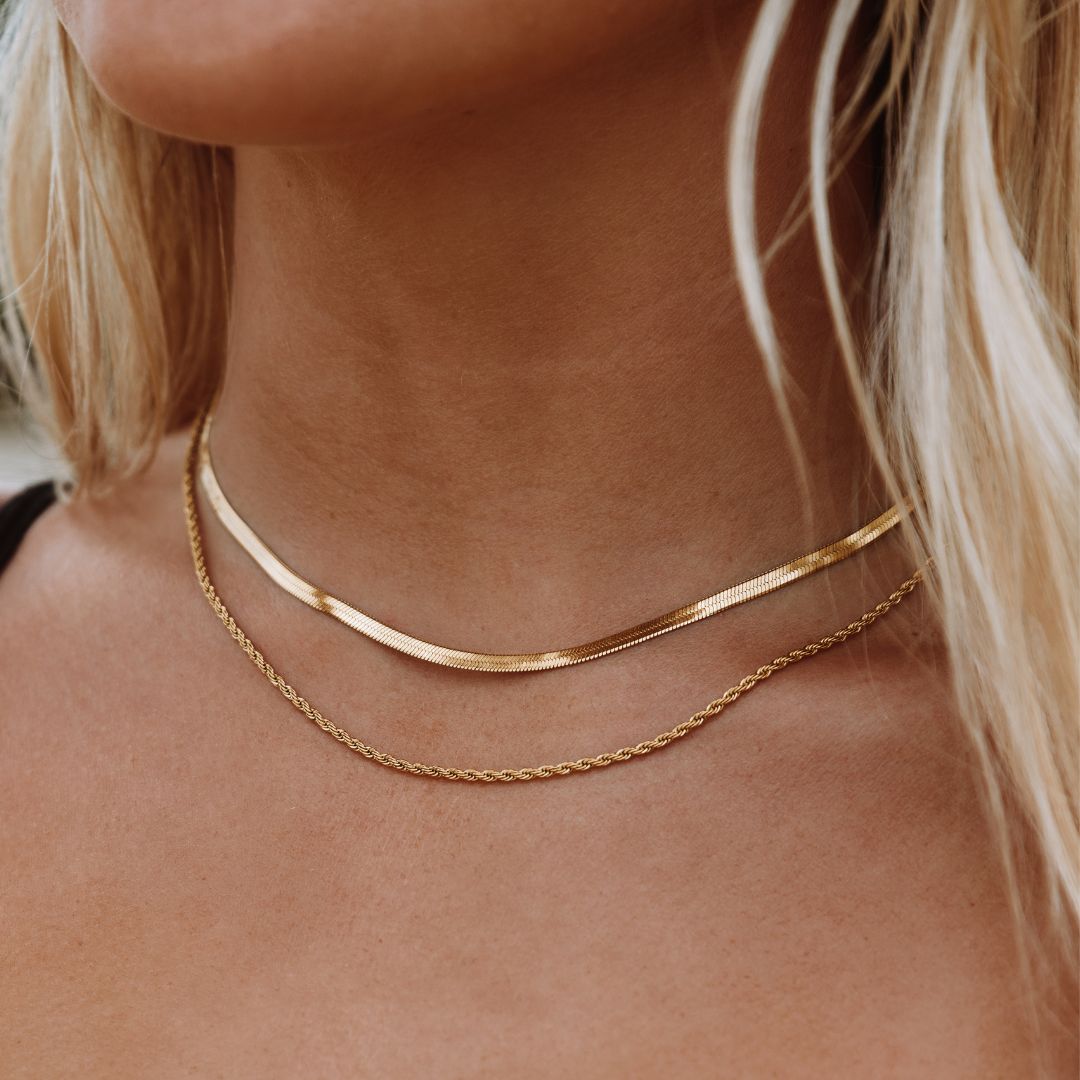
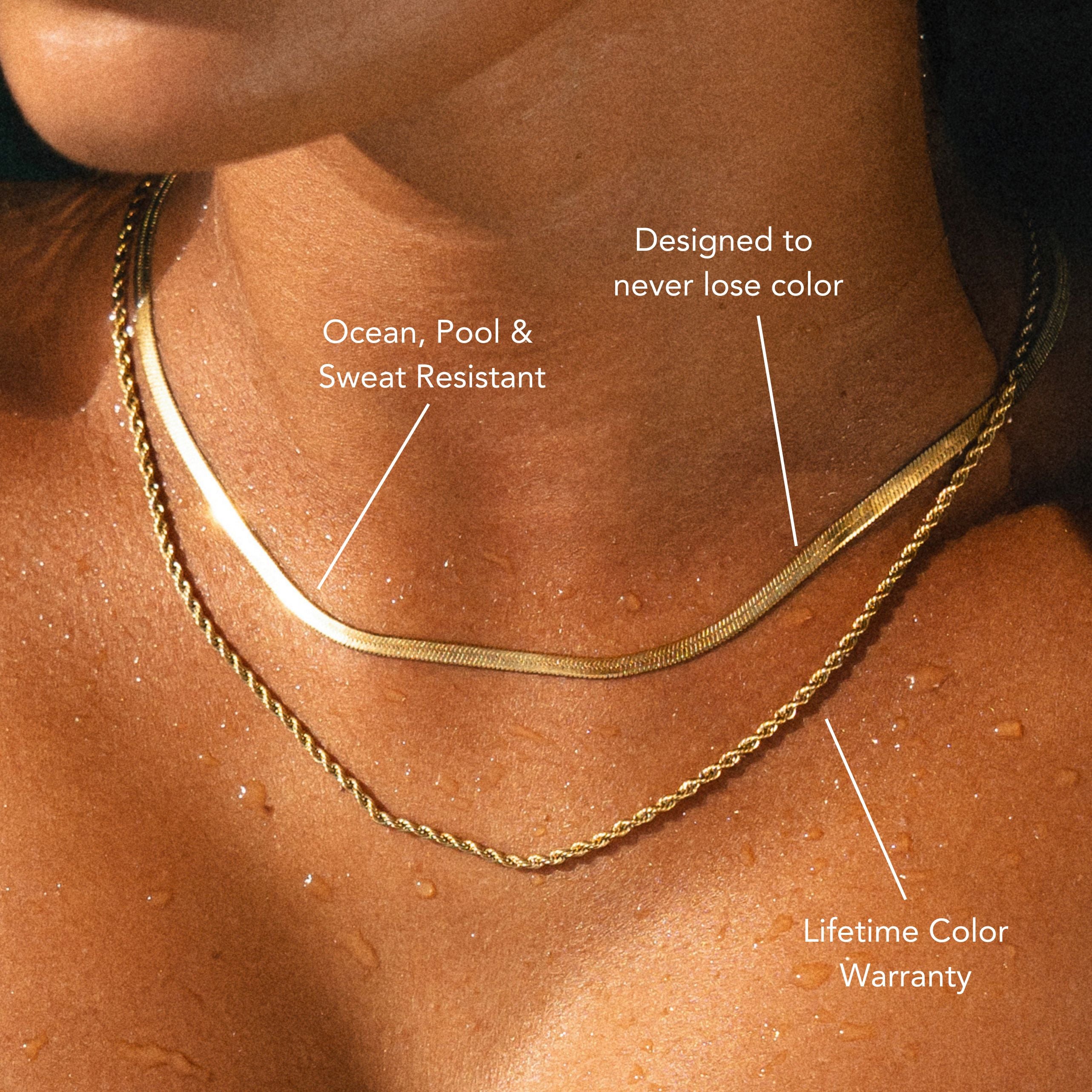
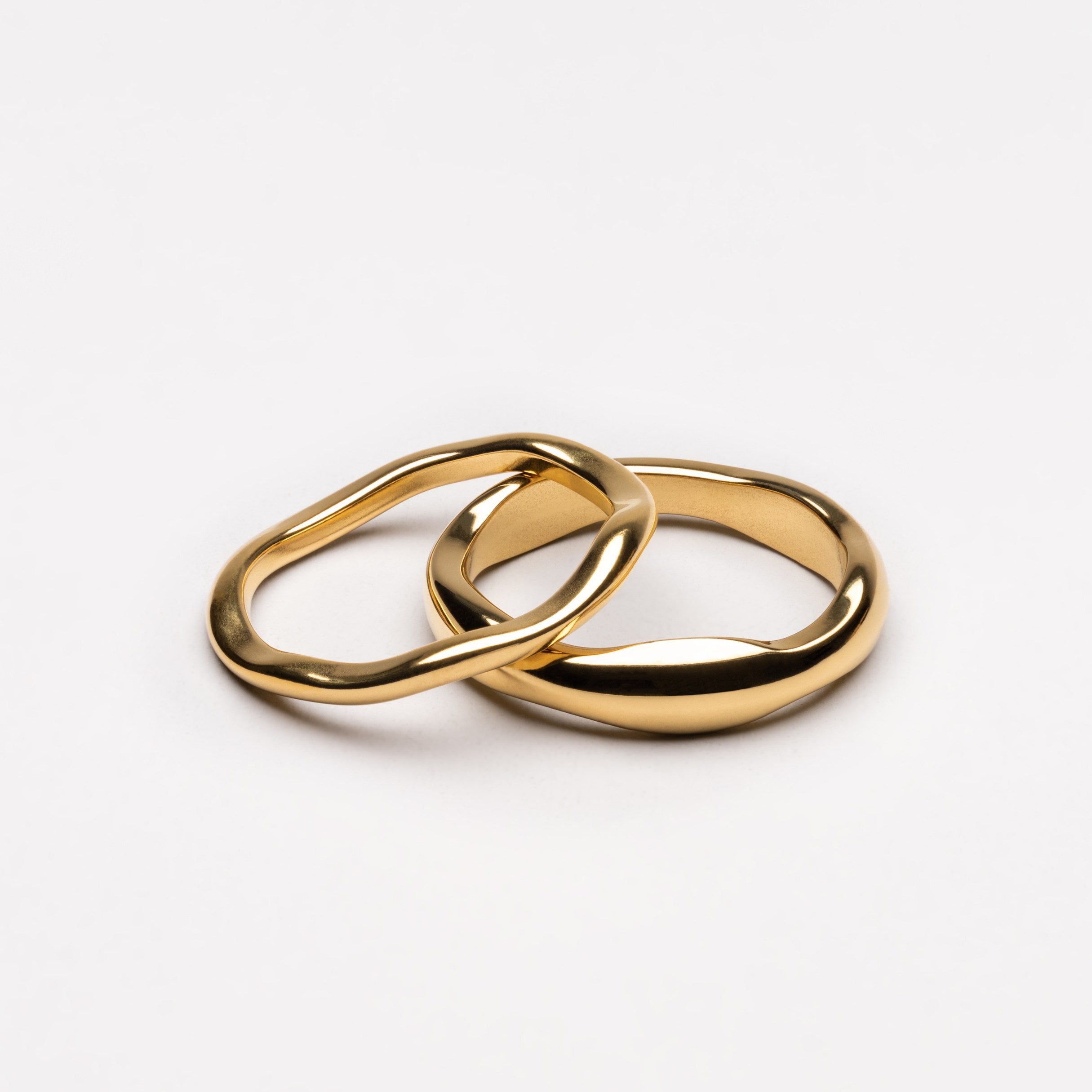
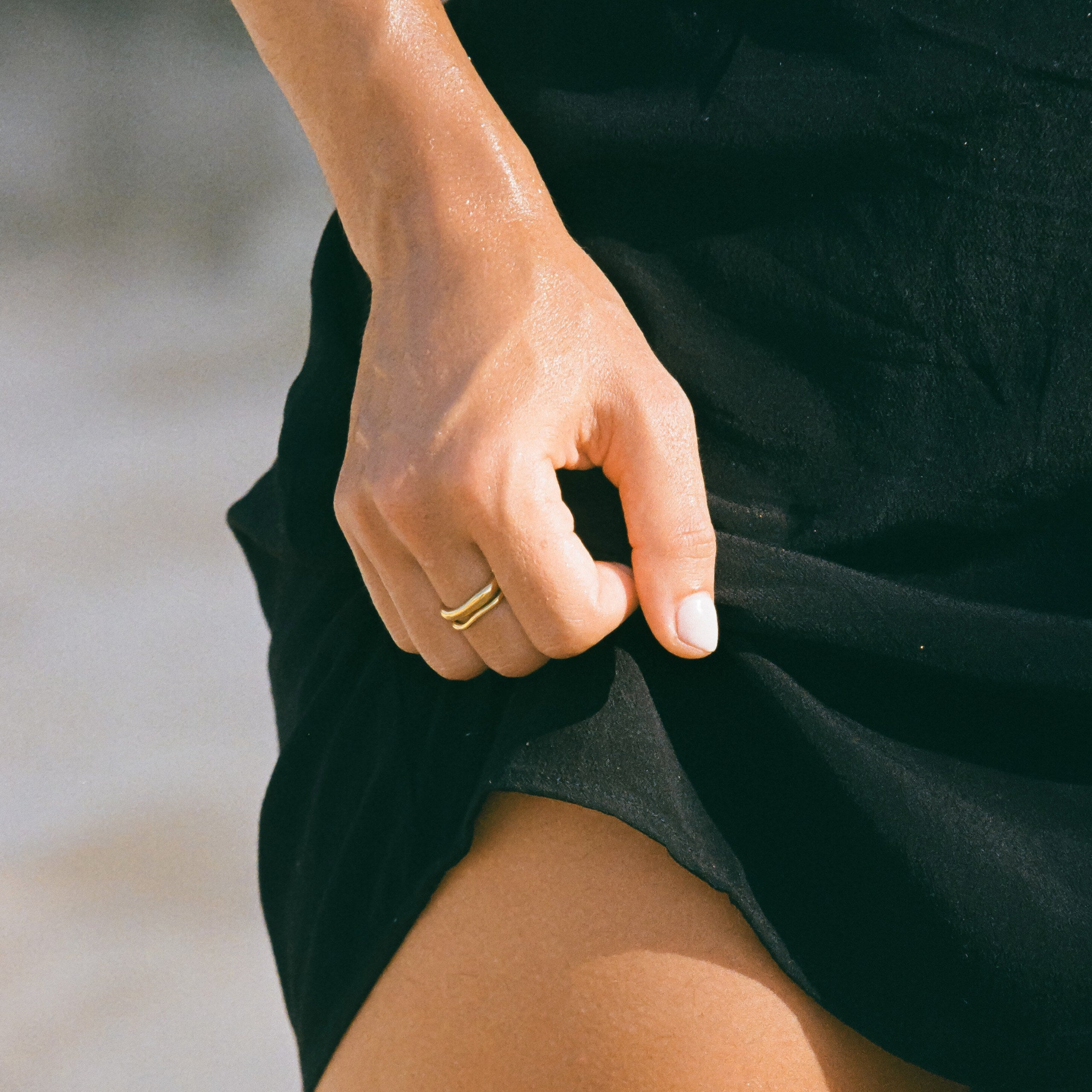
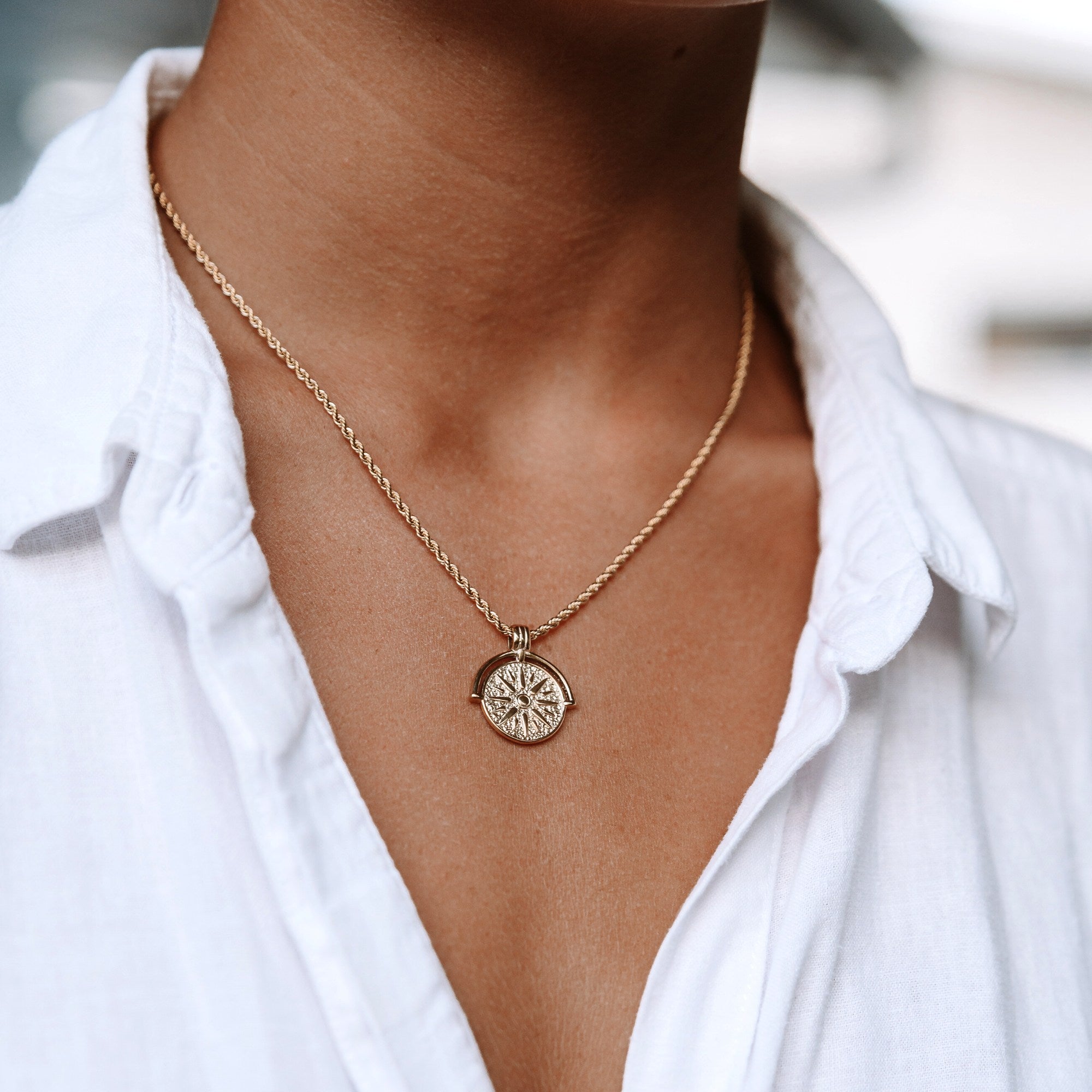
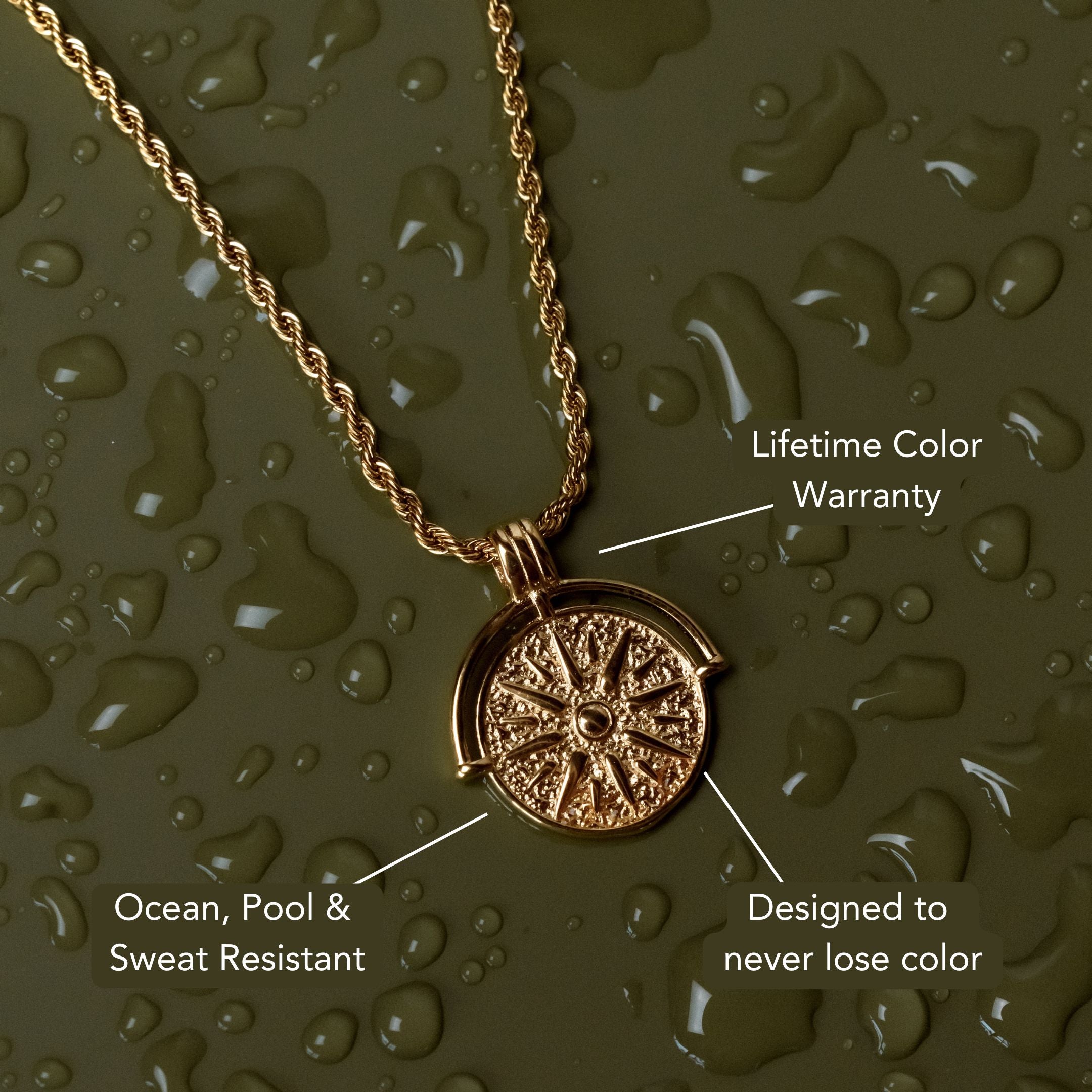
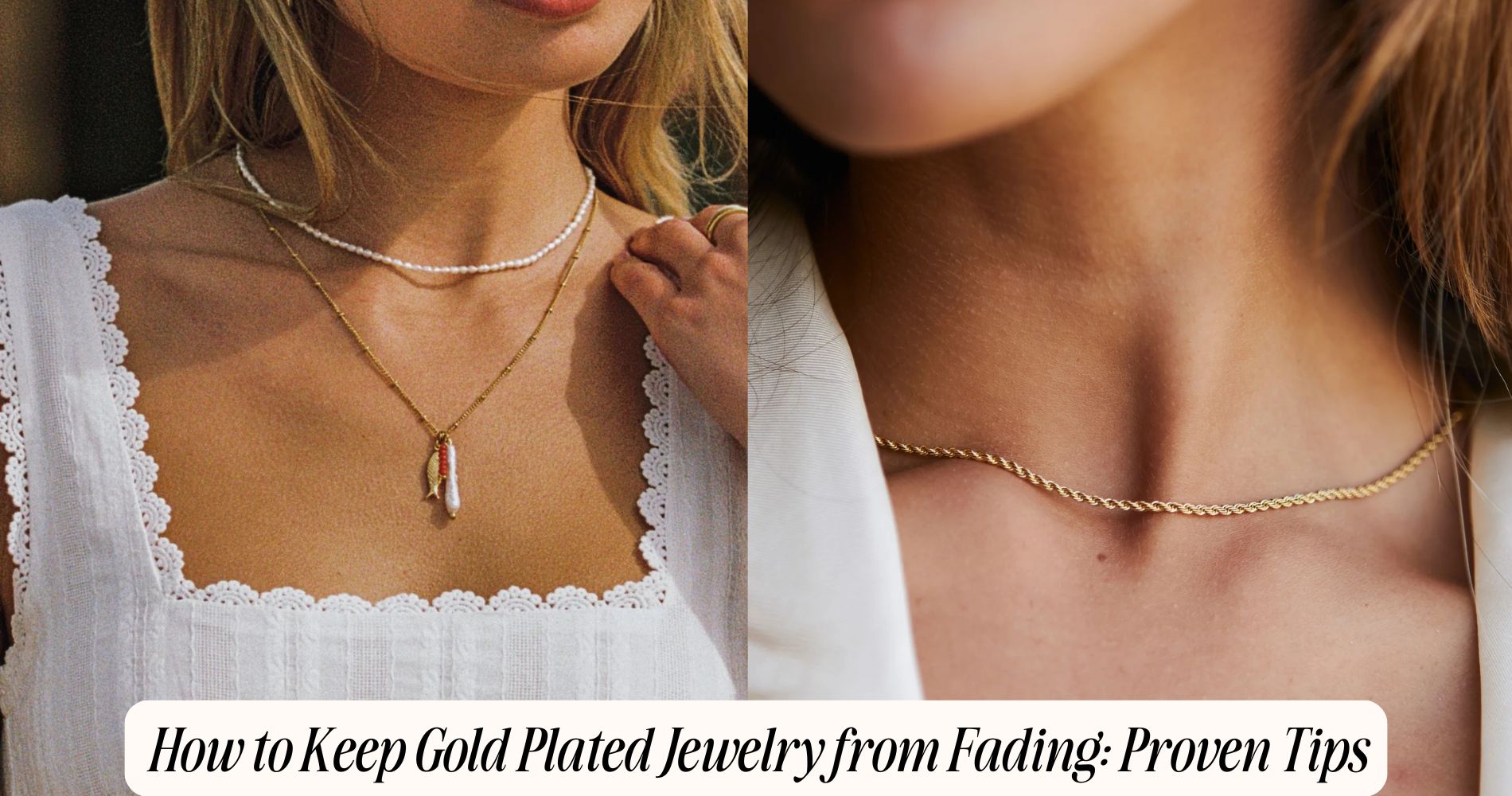
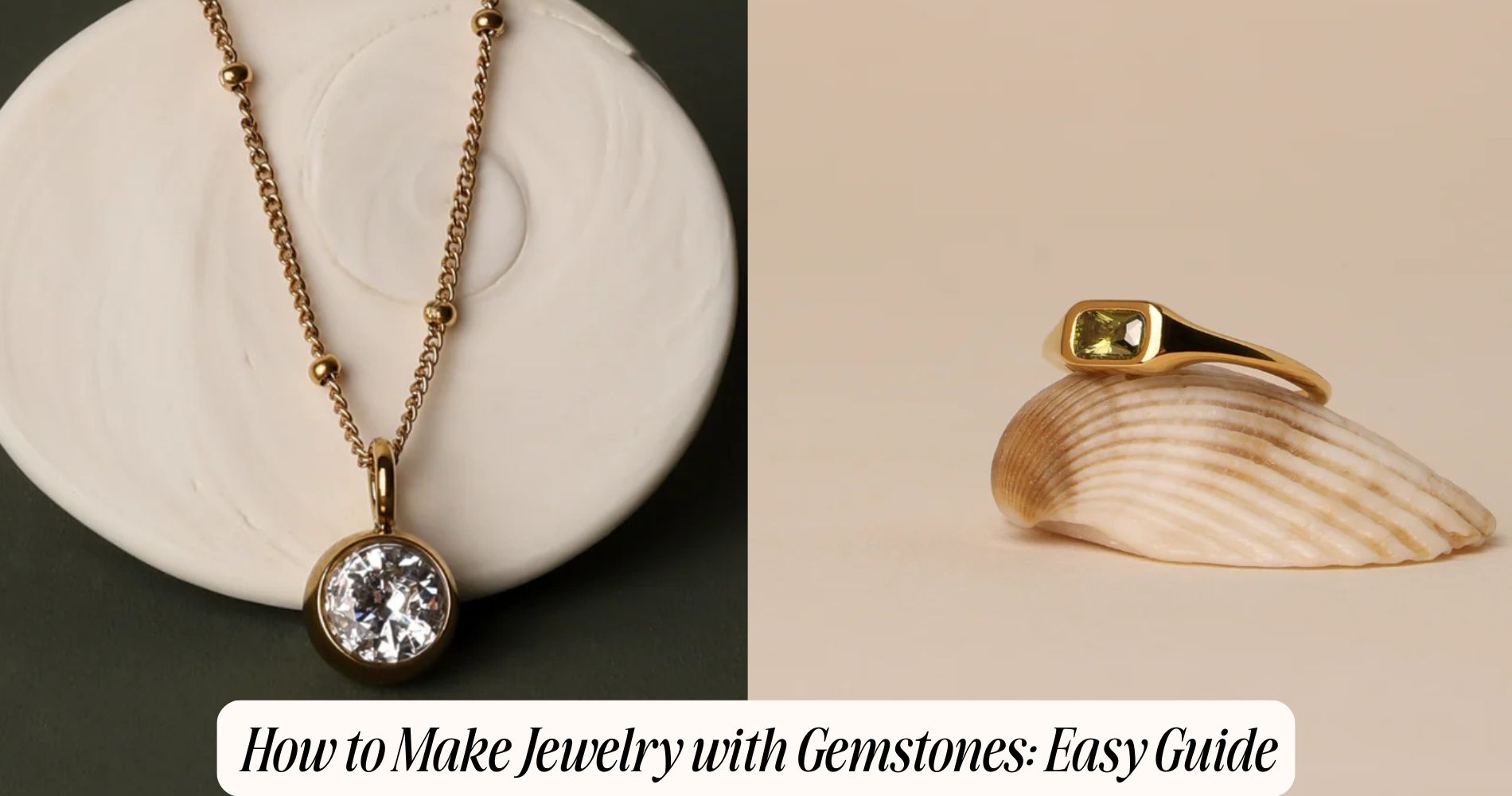




Leave a comment
This site is protected by hCaptcha and the hCaptcha Privacy Policy and Terms of Service apply.